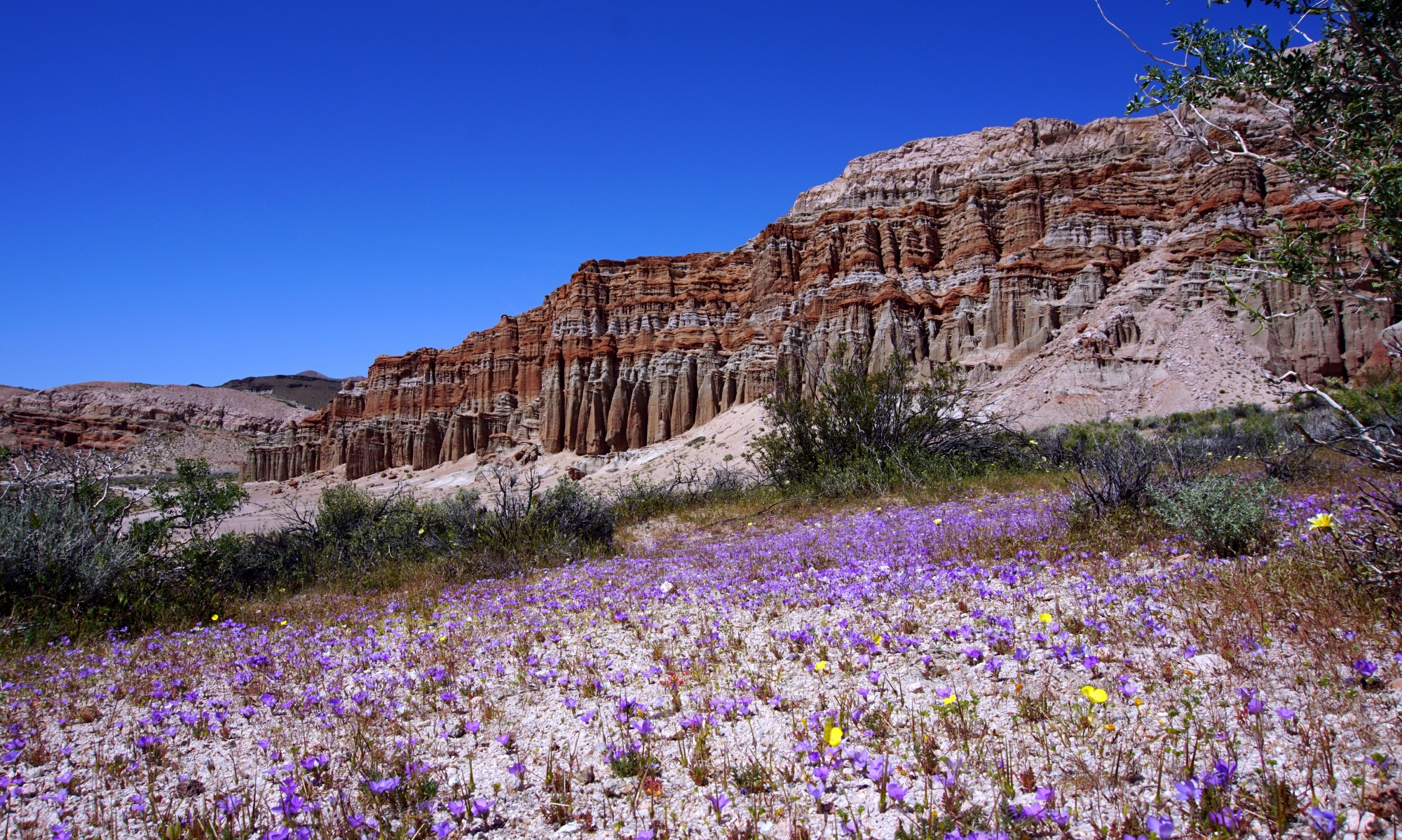RATING: ♦♦♦♦♦+
It’s hard to imagine a more picturesque place than Guanajuato. We had seen pictures of the town but were still blown away by our first sight of the brightly colored buildings packed into a narrow valley in the center of Mexico.
Our taxi dropped us off at a tourist area atop a steep hillside, where we accessed our bed and breakfast from above. Casa Zuniga is a funky, warm, unique place that was designed and hand-built by the owner. Rick is an American artist who met his Mexican wife, Carmen, during a visit to Guanajuato in 1965. They moved to San Francisco where they worked and raised their family until 2005 when they returned to Guanajuato and built Casa Zuniga.
The house is huge, and the rooms are connected with plant and art-filled corridors and patios. Every room has a spectacular view of the town. Our room seemed to have a Diego Rivera theme, though it was called the “Max” room. We were served a gourmet breakfast each morning, expertly prepared by Carmen’s staff.
Every day we took the funicular (sort of a mountain trolley) down the hillside from our B&B. Each way costs 30 pesos, about $1.50, but a free pass was included with our room. The funicular is very popular with both locals and tourists, who take it up to experience the fantastic views and to visit the gigantic monument to local hero, El Pipila. His is a fascinating story. He was a slave in the silver mines who was very instrumental in winning the 1810 Mexican War of Independence from Spain that began here in Guanajuato.
The upper funicular entrance was steps away from our B&B. We would ride down and exit into the busy streets in the center of Guanajuato. Most of the city streets are no more than alleys. The town has a limited amount of open space in the way of very small plazas, which are always full of people and give the city a European flavor. Buildings have been constructed of sandstone in pink and green, brightly painted stuccoed adobe and other stone, filling the streets with texture and color.
There are only a few streets that are passable to cars. Most through streets are either partially or fully underground, following the old drainage ditches and tunnels that had been dug during colonial times and originally used for flood control. Modern dams have controlled flooding, so in the 1960s the tunnels were turned into thoroughfares. There are sidewalks for pedestrians inside the tunnels, but exhaust fumes make walking down there unpleasant. We found our way around quite nicely above ground.
This town has so much going on, too much to write about. So here are some quick highlights:
- Guanajuato was the world’s leading silver extraction center in the 18th century, making it the richest city in Mexico for much of the early colonial period. Unfortunately, they used indigenous slaves, like El Pipila, to work the mines.
- It is known internationally for its university, which occupies much of the town. The institution serves more than 33,000 students at the high school, bachelor’s and graduate levels. The main building is recognized by its long staircase with 113 steps.
- The Historic Town of Guanajuato and Adjacent Mines is a UNESCO World Heritage Site. Guanajuato is also one of Mexico’s famous Pueblos Mágicos, Magic Towns.
- The main church of the city is Basílica Colegiata de Nuestra Señora de Guanajuato built between 1671 and 1696. There are many more historic and beautiful churches in the town.
- The Diego Rivera Museum is here. It was the house where the painter was born and spent his early childhood. This is just one of the many interesting museums in the city. Another is the Mummy Museum, a popular tourist attraction.
-
The Juarez Theater is considered one of the most beautiful theaters in Mexico. It was built from 1872 to 1903 and it is in Neoclassical style with a facade containing nine sculptures depicting the Muses of Greek mythology. It is the only theater in the country that has conserved its original furnishings. There is also the lovely Teatro Principal (Main Theater).
We spent two full days and three nights in Guanajuato, and it wasn’t nearly long enough. On our first night, we were able to experience a portion of a street performance where entertainers dressed in seventeenth century costumes take you back in time to the magic of Guanajuato’s colonial past. If you pay for a tour, these groups guide you down the alleyways as they sing and chant and tell stories of famous legends. We went to bed at a reasonable hour, but we could hear the fun continue until after 3:00 am.
It rained (and hailed!) the second and third evenings, so we didn’t stay out those nights as long as we might have otherwise. It was ok, because we had walked ourselves silly during the day. Our old feet and legs had had enough! We did have the opportunity to meet up with Sue and Ramon, our friends (and owners of Casa Del Angel Feliz where we are staying this summer). We had a nice dinner with them and another couple that they were travelling with. Fun night!
We didn’t get pictures of the callejoneadas (nighttime street performers), but we did take some at the Commemoracion del Dia Internacional de los Pueblos Indigenas, Commemoration of the International Day of the Indigenous Peoples. We just happened to come across the celebration while wandering the streets on our last day.
What an amazing place!




















